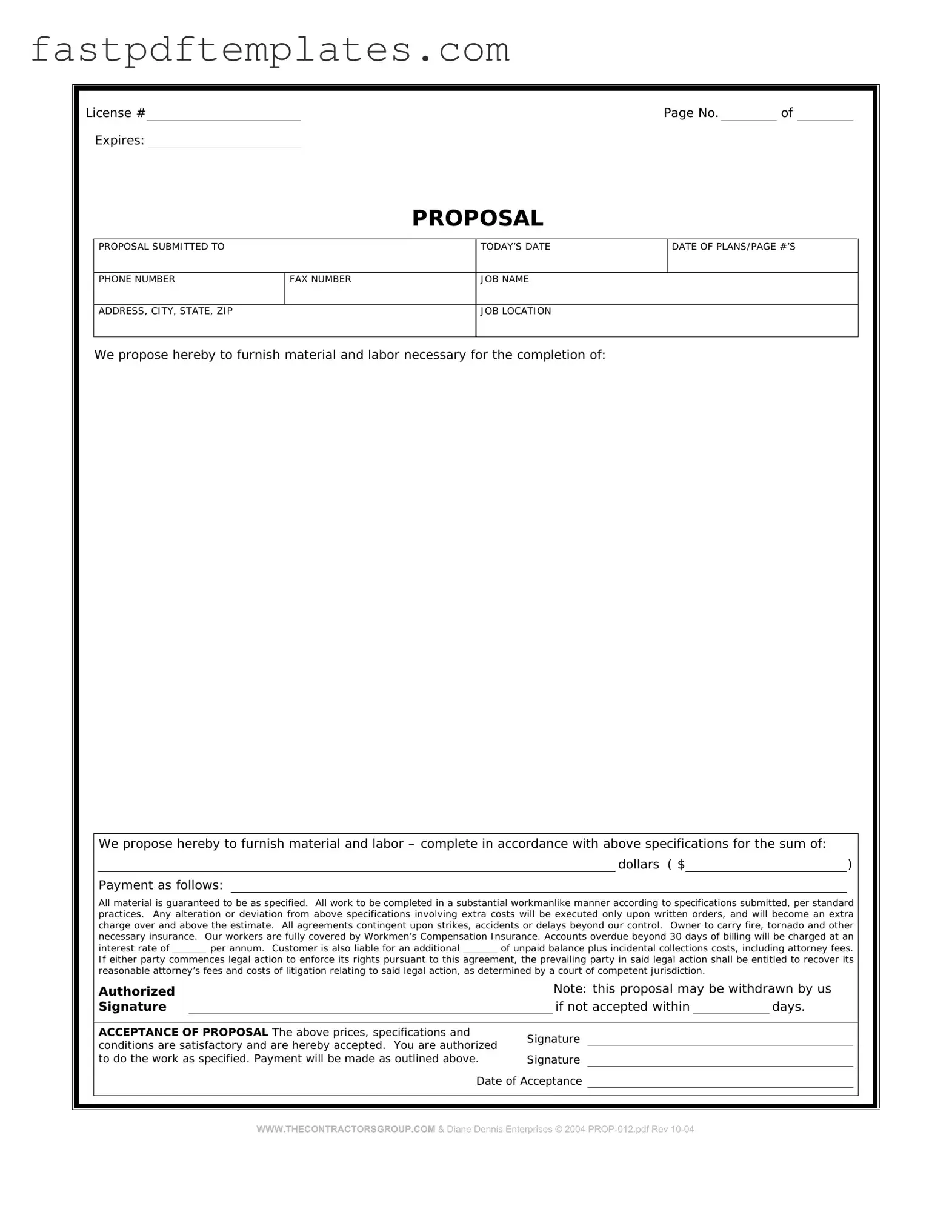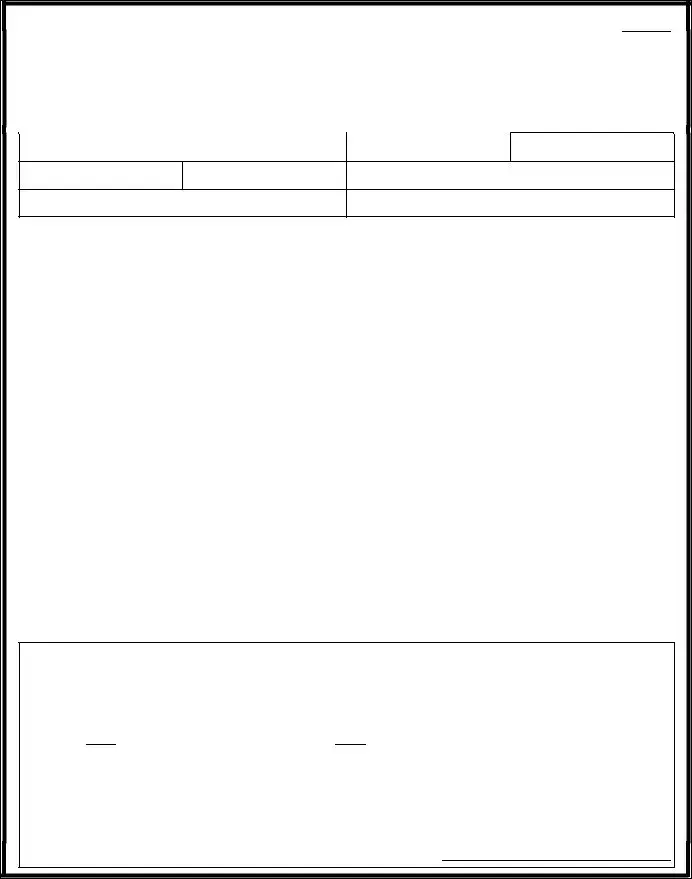The construction contract is a vital document that outlines the terms and conditions of a construction project. Similar to the construction proposal form, it serves as a formal agreement between the client and the contractor. Both documents detail the scope of work, project timelines, and payment terms. While the proposal form is often a preliminary document that invites bids, the contract solidifies the chosen contractor's responsibilities and the client's expectations.
The bid proposal is another document that shares similarities with the construction proposal form. A bid proposal is typically submitted by contractors in response to a request for proposals (RFP). Like the construction proposal form, it includes project details, estimated costs, and timelines. Both documents aim to provide the client with a clear understanding of what the contractor can offer, allowing for informed decision-making.
An estimate is a document that provides a detailed breakdown of the costs associated with a construction project. While the construction proposal form may include a general estimate, a standalone estimate dives deeper into specific materials, labor, and other expenses. Both documents help clients gauge the financial aspects of a project, ensuring transparency and clarity before work begins.
A scope of work document defines the specific tasks and responsibilities involved in a project. Similar to the construction proposal form, it outlines what will be completed, but it goes into greater detail about each task. This document helps ensure that both parties have a mutual understanding of what is expected, reducing the risk of misunderstandings down the line.
A change order is a document that outlines modifications to the original construction agreement. Like the construction proposal form, it requires clear communication between the client and contractor. Change orders can affect timelines and costs, making it essential for both parties to agree on any adjustments to the initial proposal.
A project schedule is a timeline that details when each phase of the construction project will occur. This document, like the construction proposal form, helps set expectations for both the contractor and the client. A well-defined project schedule can prevent delays and keep the project on track, ensuring that everyone is aware of key milestones.
A letter of intent is a preliminary document that expresses a party's intention to enter into a formal agreement. Similar to the construction proposal form, it indicates a commitment to proceed with a project, though it is not legally binding. This document can help establish goodwill and set the stage for further negotiations between the client and contractor.
A subcontractor agreement is a document that outlines the terms between a general contractor and a subcontractor. Like the construction proposal form, it defines the scope of work, payment terms, and deadlines. Both documents are crucial for ensuring that all parties involved in the construction process are on the same page, promoting efficiency and collaboration.

